
Welcome!
Just History Posts is a blog dedicated to exploring all aspects of history. From stunning castles, to royal weddings, reindeer on submarines, and medieval marginalia, you will find something to interest you.
Check out our latest posts below, or why not browse all the categories here?
Latest Posts
-
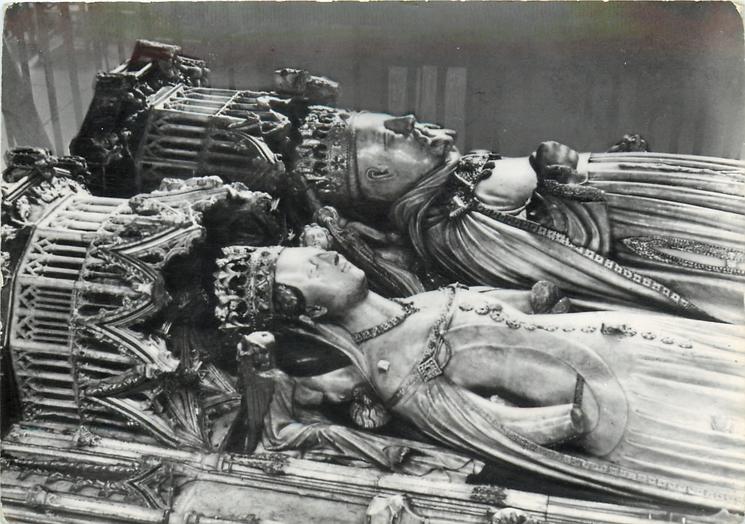
As my blog has been up and running for just over 6 months now, I thought I would return to the topic of my Masters dissertation: fifteenth-century English royal witches. My first post here was about Eleanor Cobham, the aunt-by-marriage of Henry VI who in 1441 was scandalously tried for using witchcraft, with her accomplices…
-

“There is no honour amongst thieves” is one of those English sayings that no one really knows where it comes from, but that everybody can rehearse. The concept is that thieves (and “baddies” in general) are awful human beings, and if they can steal from/murder/cheat you, then there is nothing stopping them from doing it…
-

We tend to have a juxtaposed view of the ancient past: that people were simultaneously less advanced than us, with archaic views on women, people of different races, and little technology, but also great forefathers in maths, science, democracy, and capable of creating wondrous feats of engineering that even today we’re not quite sure how…
-
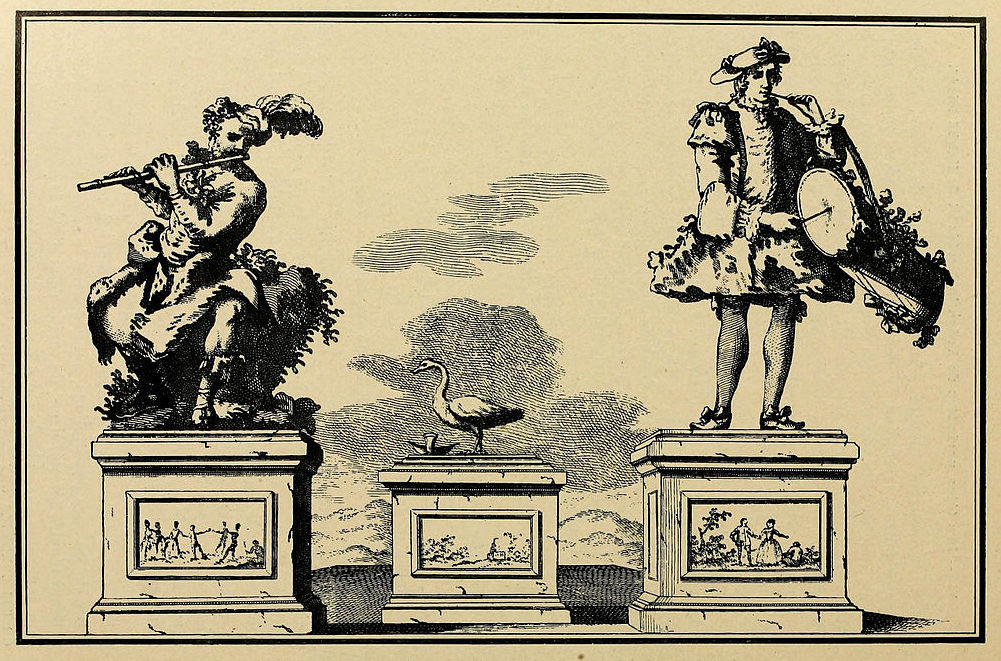
When people think of the medieval or early modern period, often it conjures images of the witch trials across the western world. These people are considered a superstitious bunch, deeply religious, and very suspicious of magic. Whilst there is of course substance to some of these ideas (and I have already discussed one case of…
-
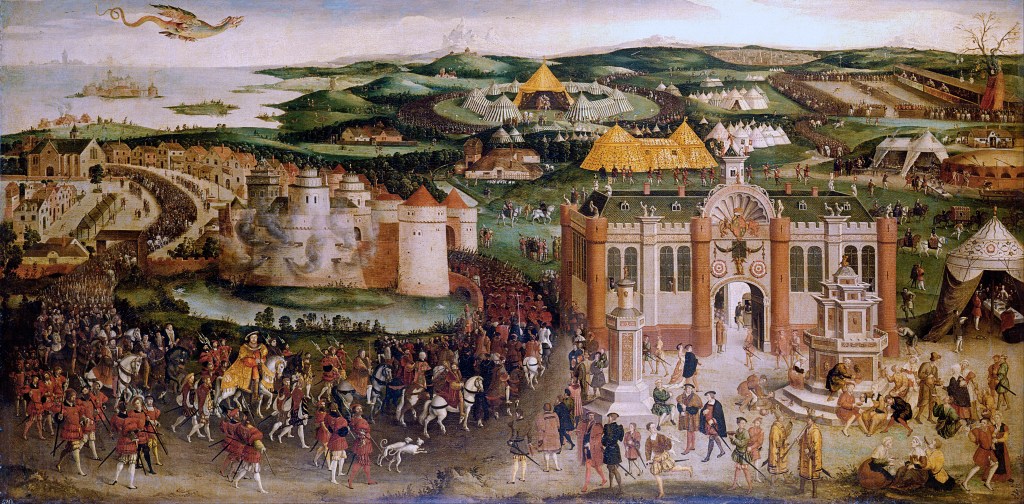
In 1509, Henry VIII – one of England’s most famous monarchs – ascended the throne, ensuring the Tudor succession after his father, Henry VII, won the throne from Richard III at the Battle of Bosworth. After almost a decade of rule, the young King agreed to follow the advice of his close advisor, Cardinal Wolsey,…
-
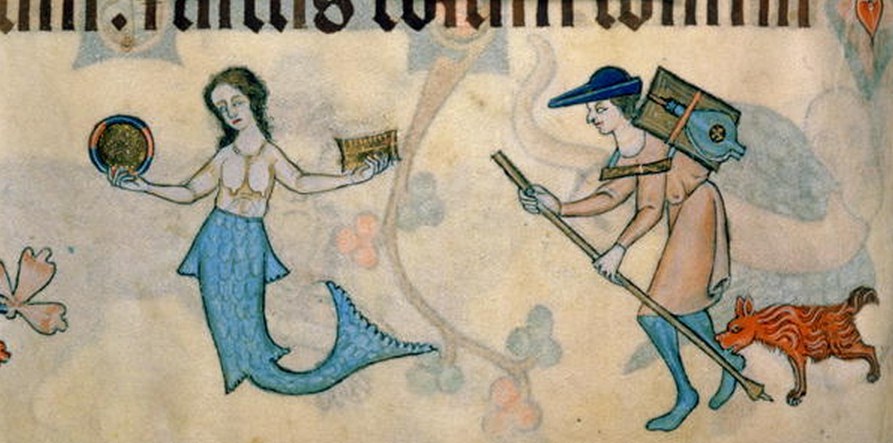
Mermaids are creatures that appear time and again throughout history and across cultures. Typically a mermaid is portrayed as having the top half of a woman, and the bottom half of a fish, though this sometimes varies slightly. The first known stories of mermaids come from Assyria around 1000BC; the goddess Atargatis, who was the…
-
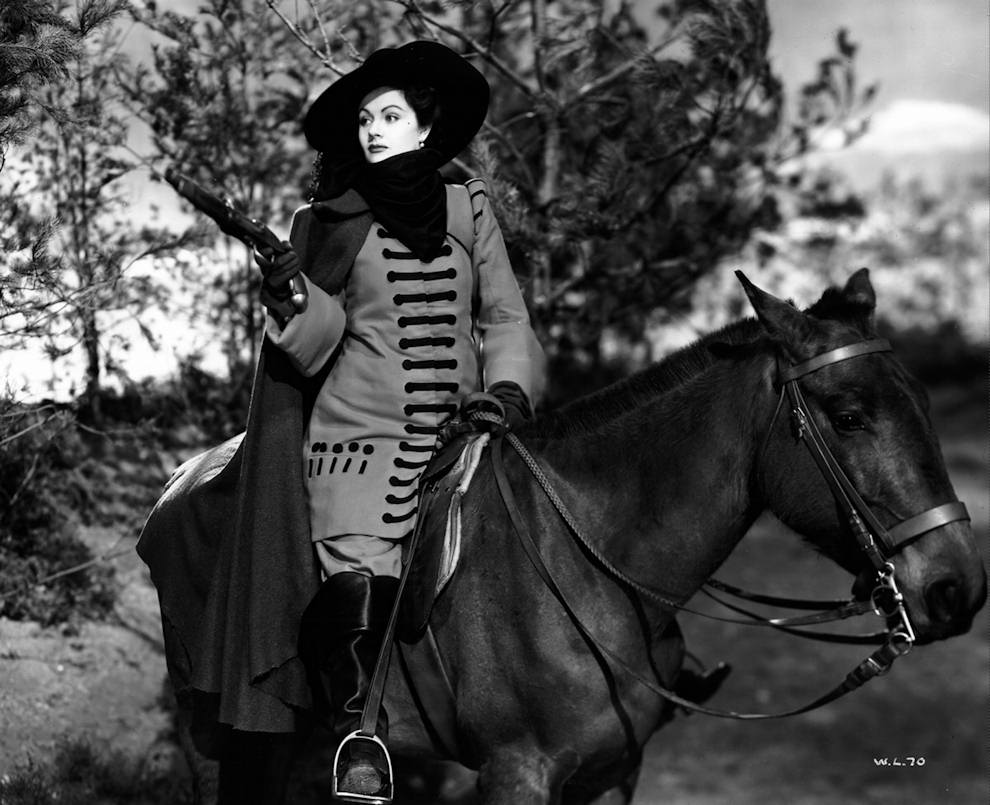
As yesterday was International Women’s Day, I couldn’t resist writing a female-related post, and for this one I drew inspiration from a local legend in my area of the ‘Wicked Lady’. If you happen to pass through Wheathampstead, Hertfordshire, you will probably notice a pub with the same name, and may hear the legend of…
-
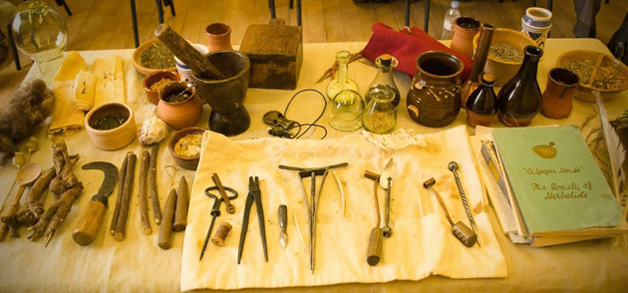
Today, many people have very staunchly held beliefs on medicine and cures for all sorts of ailments. Some people rigidly champion ‘western’ medicine, only believing in the effectiveness of drugs prescribed by doctors, usually in the form of man-made pills. Others go for the ‘alternative’ medicine route, preferring to use natural products in the form…
